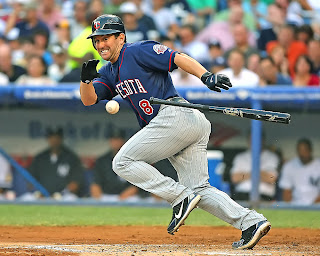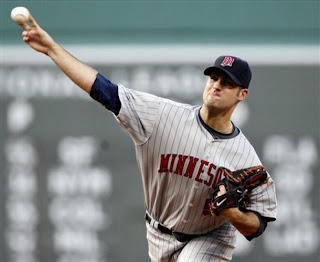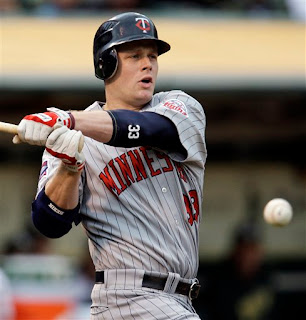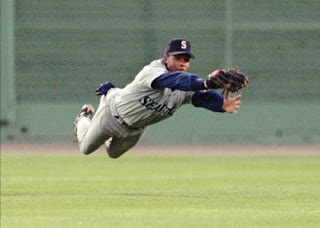 Hall of Fame ballots are due soon and decisions must be made. In this era of new statistics and ways of measuring players' performance one standard that continues to define a Hall of Fame player is getting 3,000 hits. The Baseball Hall of Fame is proud of the high standards players are expected to meet to gain entrance into the pantheon of baseball greats, but here are players who have between 2,700 hits and 3,000 hits and are not in the Hall of Fame. They are in baseball purgatory. Unable to be recognized as hall of famers, but great players in their own right these hitters deserve acknowledgement of what they did, which was close to being the best, but not quite. Here is a list of players forever stuck in baseball purgatory:
Hall of Fame ballots are due soon and decisions must be made. In this era of new statistics and ways of measuring players' performance one standard that continues to define a Hall of Fame player is getting 3,000 hits. The Baseball Hall of Fame is proud of the high standards players are expected to meet to gain entrance into the pantheon of baseball greats, but here are players who have between 2,700 hits and 3,000 hits and are not in the Hall of Fame. They are in baseball purgatory. Unable to be recognized as hall of famers, but great players in their own right these hitters deserve acknowledgement of what they did, which was close to being the best, but not quite. Here is a list of players forever stuck in baseball purgatory:
- Barry Bonds: 2,935 hits (God may send him to the real pergatory)
- Harold Baines: 2,866 hits (Should be in Hall of Fame.)
- Andre Dawson: 2,744 hits (Hawk=HOFer)
- Vada Pinson: 2,757 hits (Only 256 HR dooms him)
- Al Oliver: 2,743 hits (Only 219 HR, overshadowed on great 1970s Pirate teams.)
- Roberto Alomar: 2,724 hits (Will be in HOF soon.)
- Rusty Staub: 2,716 hits (Fan favorite with odd name, played 23 years and averaged only 49 K's a year.)
- Bill Buckner: 2,715 hits (Got many hits, but remembered for the one hit between his legs.)
- Dave Parker: 2,712 hits (The Cobra won two batting titles in 1977-78, but hurt by poor 1981-82 seasons.)
- Doc Cramer: 2,705 (Played from 1929-1948, career slugging of .375 suggests his bat was more of a wand than a bat.)
Say a prayer for these players (Barry Bonds especially) they did so much, but most are thought of so little.



















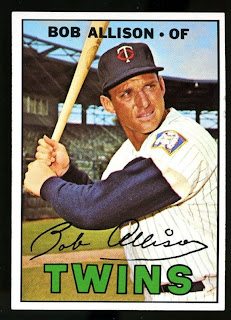

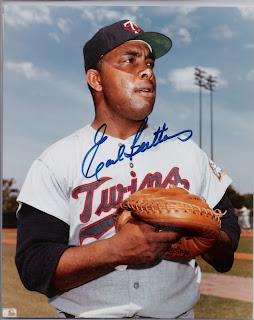 Earl Battey's 1963 season:
Earl Battey's 1963 season:










